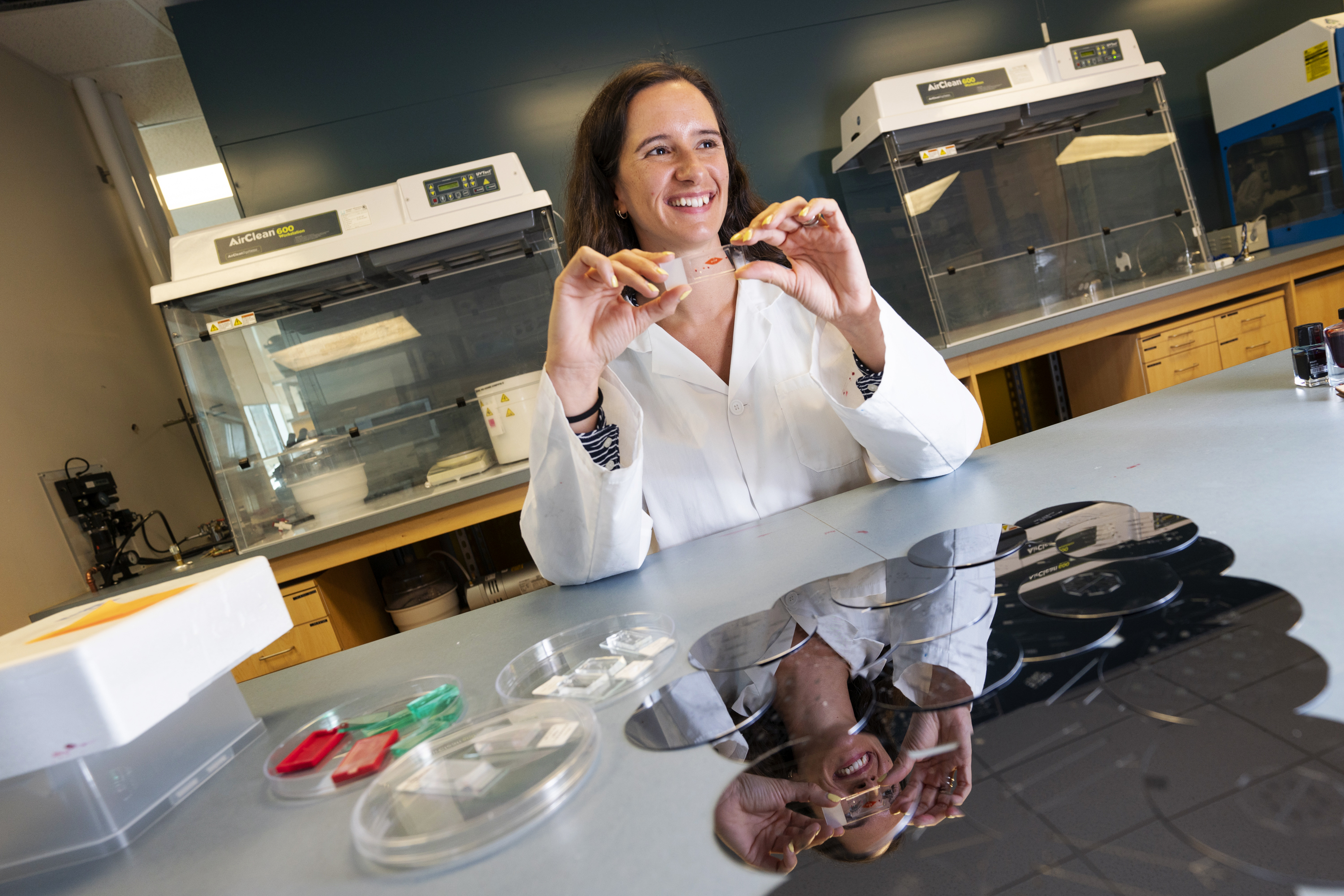Alejandro Forigua, PhD student, September 2019 to March 2024.
Kiran Gill, Postdoctoral Researcher, November 2022 to January 2024.
Anika deViller, Undergraduate student, October 2023 to April 2024.
Mariem Mahmood, Undergraduate student, October 2023 to April 2024.
Navinder Hundal, Undergraduate Student, September 2022 to April 2024.
Alex McDonald, Master's student, May 2021 to August 2023.
Maria Hangad, undergraduate student, January 2020 to April 2023.
Abby Phibbs, undergraduate student, May 2022 to August 2022.
Emily Jackson, undergraduate student, May 2022 to March 2023.
Robin Dhanoa, undergraduate student, October 2022 to April 2023.
Keegan Milliken, undergraduate student, May to August 2022.
Montserrat González Rebattú, Mitacs Research intern, July to September 2022.
Marco Menghini, Mitacs Research intern, June to September 2022.
Bridgette Nzomwita, undergraduate student, November 2021 to April 2022.
Lexi Schauman, undergraduate student, September 2021 to April 2022.
Nick Wickett, undergraduate student, September 2021 to April 2022.
Scott Pederson, undergraduate student, January to April 2022
Elanna Stephenson, PhD student, September 2017 to December 2021.
Arash Dalili, Postdoctoral Researcher, January to December 2021.
Jaime Korner, PhD student, September 2017 to August 2021.
Kaitlyn Ramsay, PhD student, September 2017 to July 2021.
Kevin Gill, research assistant, April to August 2021.
Jae Levy, undergraduate student, January to March 2020.
Alex Cao, undergraduate student, January to December 2020.
Alexis Kellinghusen, undergraduate student, January to April 2020.
Taylor Cumming, undergraduate student, January to April 2020.
Catriona Sigalet, undergraduate student, January to April 2020.
Nicole York, undergraduate student, January to April 2020.
Danielle Hanke, undergraduate student, September 2019 to April 2020.
Ladan Kalani, undergraduate student, September 2019 to April 2020, September 2017 to April 2018, and September 2018 to April 2019.
Elyssa Baker, undergraduate student, September to December 2019.
Jaling Kersen, undergraduate student, May to December 2019.
Katie Stagg, undergraduate student, January to July 2019, and September to December 2018.
Jenna Mehlmann, undergraduate student, January to July 2019.
Pooja Hariharan, Mitacs Globalink intern, May to July 2019.
Ricardo García Ramírez, Mitacs Globalink intern, May to July 2019.
Nathan Heuver, undergraduate student, January to April 2019.
Melvin Chua, undergraduate student, September 2018 to April 2019.
Harbir Johal, undergraduate student, May to December 2018.
Natasha Funk, undergraduate student, September to December 2018.
Spencer Heaton, undergraduate student, September to December 2018.
Dasha Tyukova, undergraduate student, September to December 2018.
Caleb de Hoog, undergraduate student, May to August 2018.
Alberto Escobar, undergraduate student, May to August 2018.
Katie Lewis, undergraduate student, May to August 2018.
Melanie Davies, undergraduate student, September 2017 to April 2018.
Genie Lee, undergraduate student, January to April 2018, and September to December 2017.
Will Wu, undergraduate student, January to April 2018, and September to December 2017.
Jacob Davis, undergraduate student, January to April 2018.
Laphas Kwinsakulrat, NSERC Undergraduate Student Research Award, January to April 2018.
Sierra Rodrigues, undergraduate student, January to April 2018.
Matt Noseworthy, NSERC Undergraduate Student Research Award, May to August 2017.
Esmee Zinkan, undergraduate student, May to July 2017.
Janel Gaube, undergraduate student, June to August 2017.
Kate Adolph-Hammond, undergraduate student, May to November 2017.
Michael Lesmond, undergraduate student, September to November 2017.
Chelsea Wilson, undergraduate student, May to July 2017.











